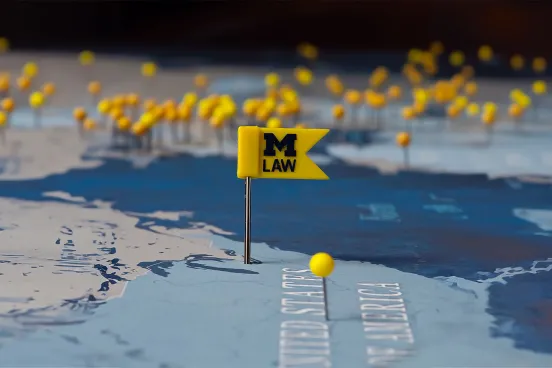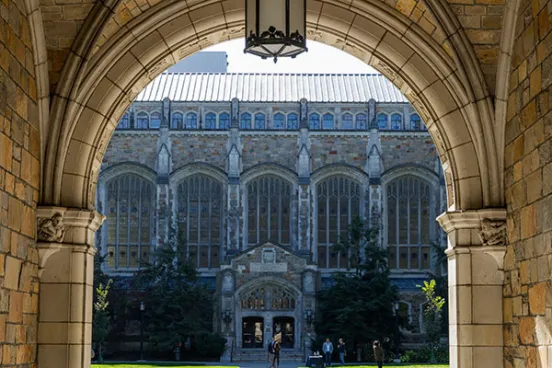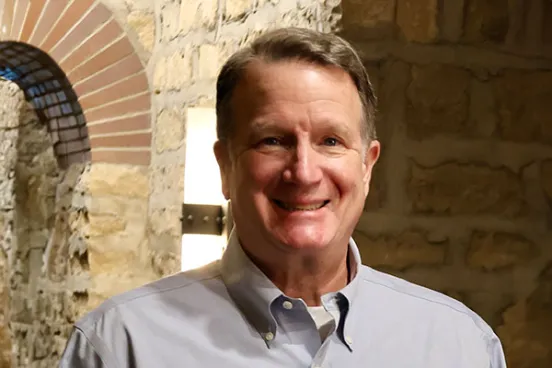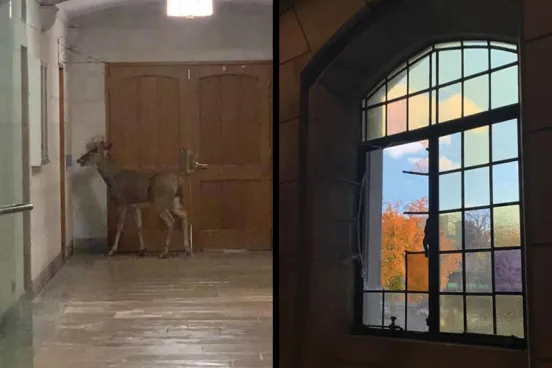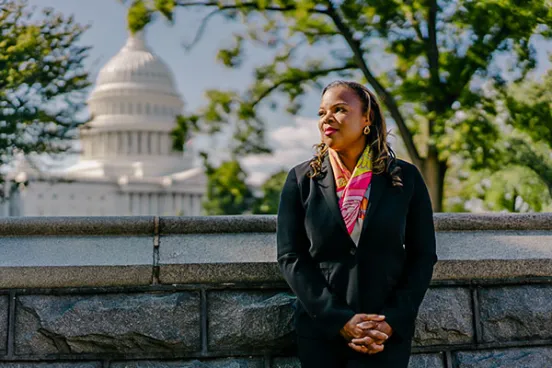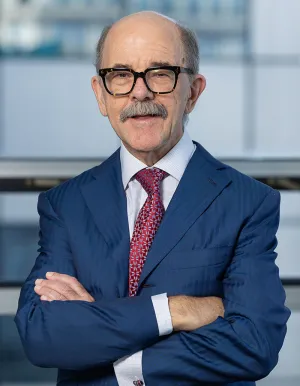
After decades of serving aviation clients, John Hoyns, ’79, thought he had seen the worst of the airline industry’s ups and downs. That was until the COVID-19 pandemic upended the industry and presented a slew of unexpected challenges.
Hoyns joined Hughes Hubbard & Reed in New York just as the US airline industry was being radically transformed. From the time the industry was deregulated in 1978 to mid-2001, eight major carriers—including Eastern, Midway, Braniff, Pan Am, Continental, Northwest, and TWA—and more than 100 smaller airlines went bankrupt or were liquidated, including most of the dozens of new airlines formed after deregulation. By 2013, the seven major US air carriers that were operating in 2000 had been reduced to four air carriers. Hoyns worked on many of these significant transactions.
Although the airline industry’s financial results were known to be volatile, when the pandemic hit, it had an unprecedented impact—the likes of which the industry had not been seen before. In response to the spread of COVID, by March 2020, the major US airlines had cut capacity by more than 50 percent, and they continued to make reductions throughout that year. The 66 largest airlines in the world with public financials showed revenue falling by 60 percent, from $658 billion in 2019 to $262 billion in 2020. Meanwhile, net profits went from $17 billion to a loss of $140 billion, a $157 billion decrease.
“It was a life-threatening experience for the airline industry,” Hoyns says.
John Hoyns, ’79It was a life-threatening experience for the airline industry.”
Hoyns was well positioned to take on the challenge, having served as chair of the Hughes & Hubbard aviation group for many years, with a focus on complex finance structures and operational agreements for aviation clients, including United Airlines, Delta Air Lines, JetBlue, Republic Airways, Azul Linhas Aereas Brasileiras, and others.
Despite a US government bailout, the airlines still had to raise a substantial amount of additional money to stay in business while aircraft were grounded or operating on a substantially limited basis. The major US airlines planned to deal with COVID by increasing their liquidity through the issuance of securities and loans and reduction of expenses. Hoyns and his team of Hughes & Hubbard lawyers worked around the clock to draft and negotiate documents for such transactions intended to maximize the cash position of the applicable airlines.
By the end of 2021, the global airline industry had returned to 79 percent of its pre-COVID size (calculated using an index from 13 large airlines). By the end of 2022, the same index was at 105 percent of the 2019 activity.
“The pandemic work was the topper of my career,” Hoyns says.
His path to becoming a lawyer began after receiving his undergraduate degree in history at Colgate University. Raised in a working-class family in Monsey, New York, Hoyns knew little about legal work, but nevertheless was attracted to the practice of law.
"Whenever I argued with my parents, they’d say I should save the arguments until I became a lawyer,” he says. “I couldn’t wait to get my license to argue.” He chose Michigan because it was highly ranked and made him an offer he couldn’t refuse.
“Somehow, they decided to give me a full scholarship. None of the other schools were offering anything close to that,” he says. “And I didn’t have to worry about the quality of the education. I knew it would be great.”
Hoyns recently committed $20 million to support scholarships at Michigan Law. The bequest, which will establish the Hoyns Scholars program, is among the largest in the Law School’s history. Recipients will be awarded the cost of tuition as well as all associated expenses, including living costs, for the duration of their time at the Law School. (Read more about the gift.)
“I’ve always felt that the education and scholarships that I received from the Law School were critical to my success as a lawyer,” he says. “I wanted to provide the same opportunity to others.”


